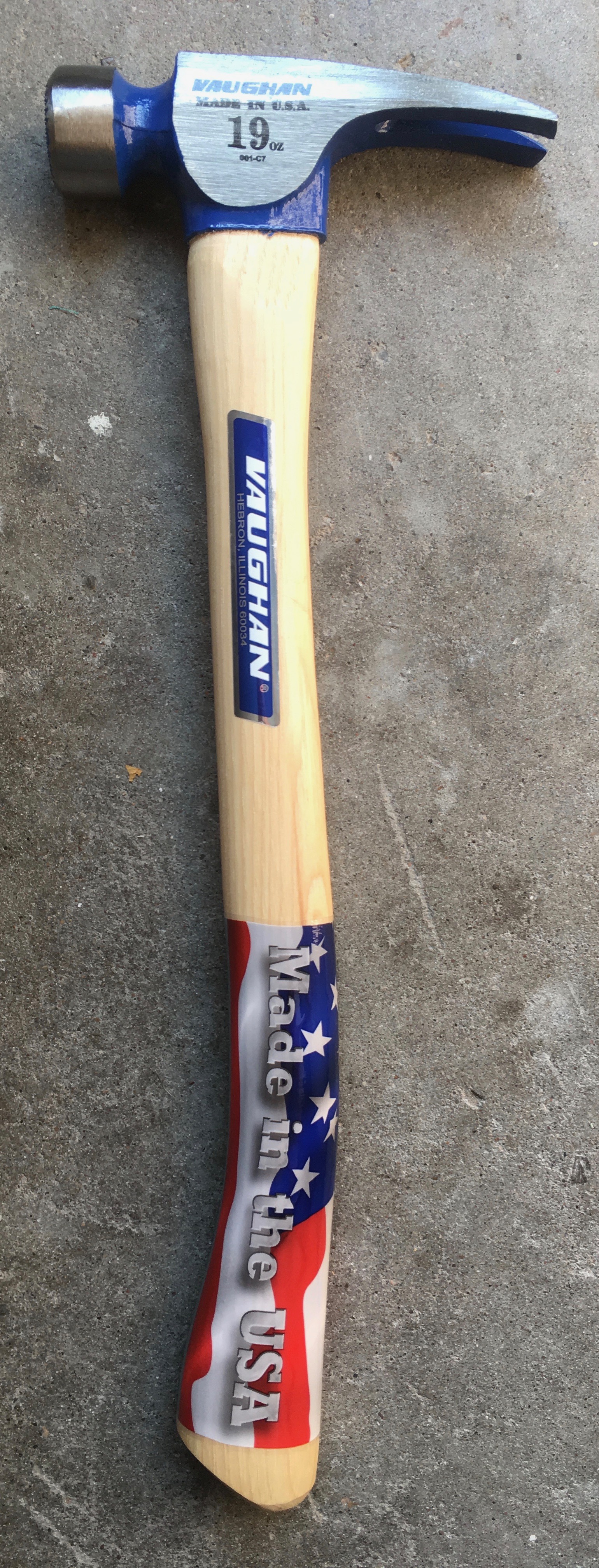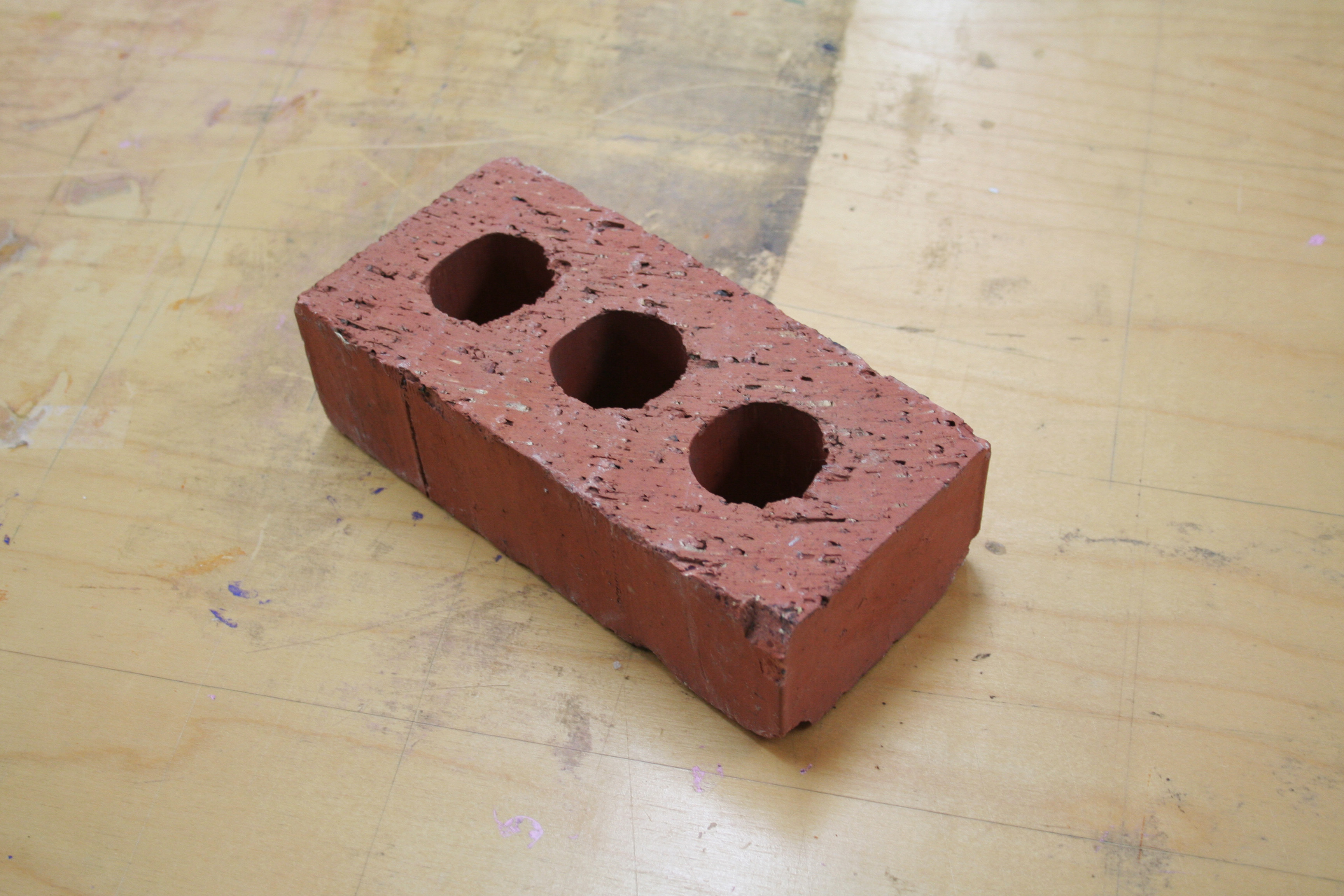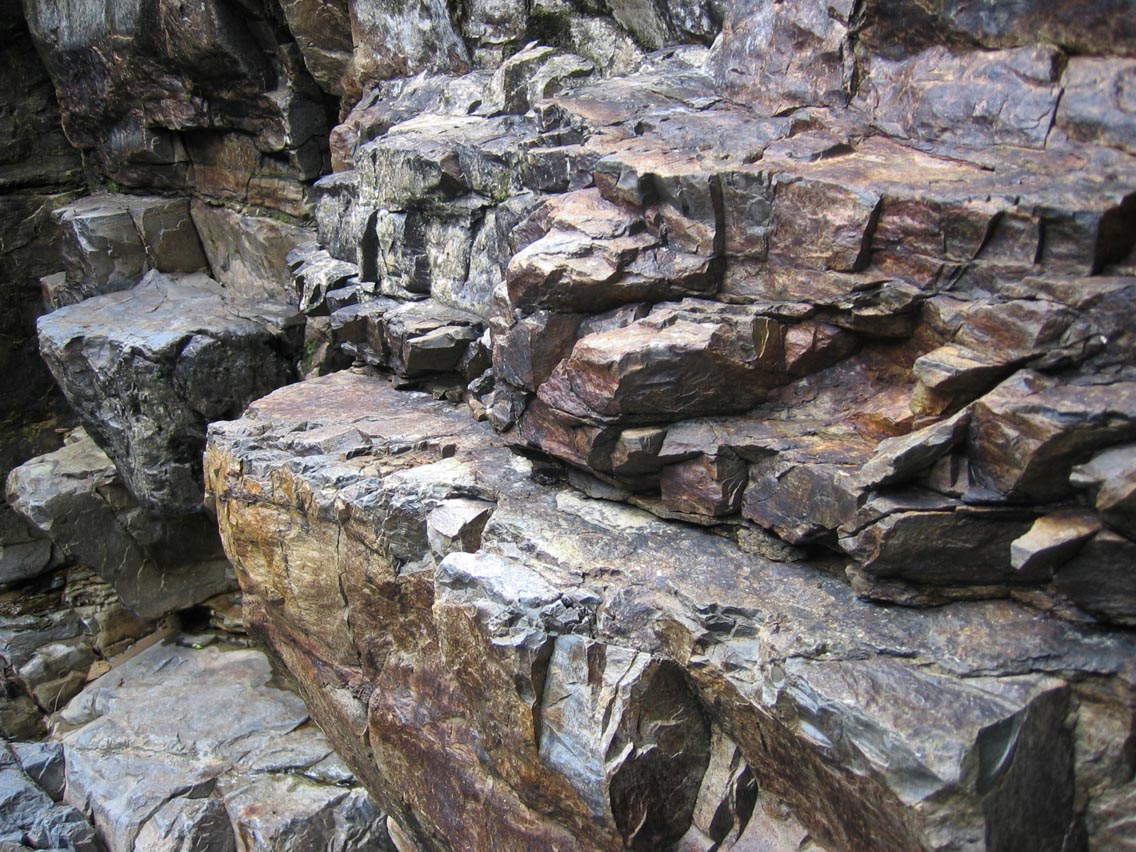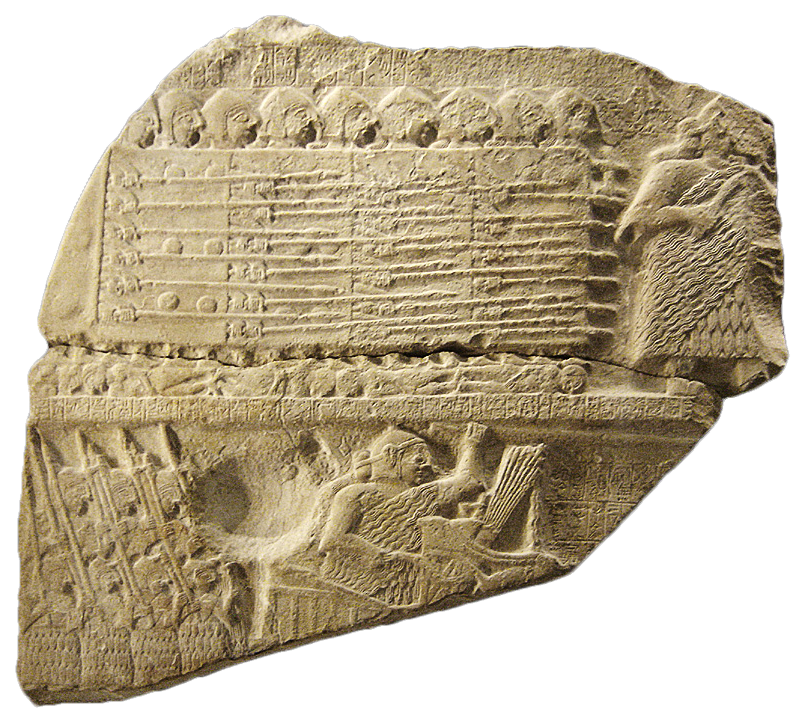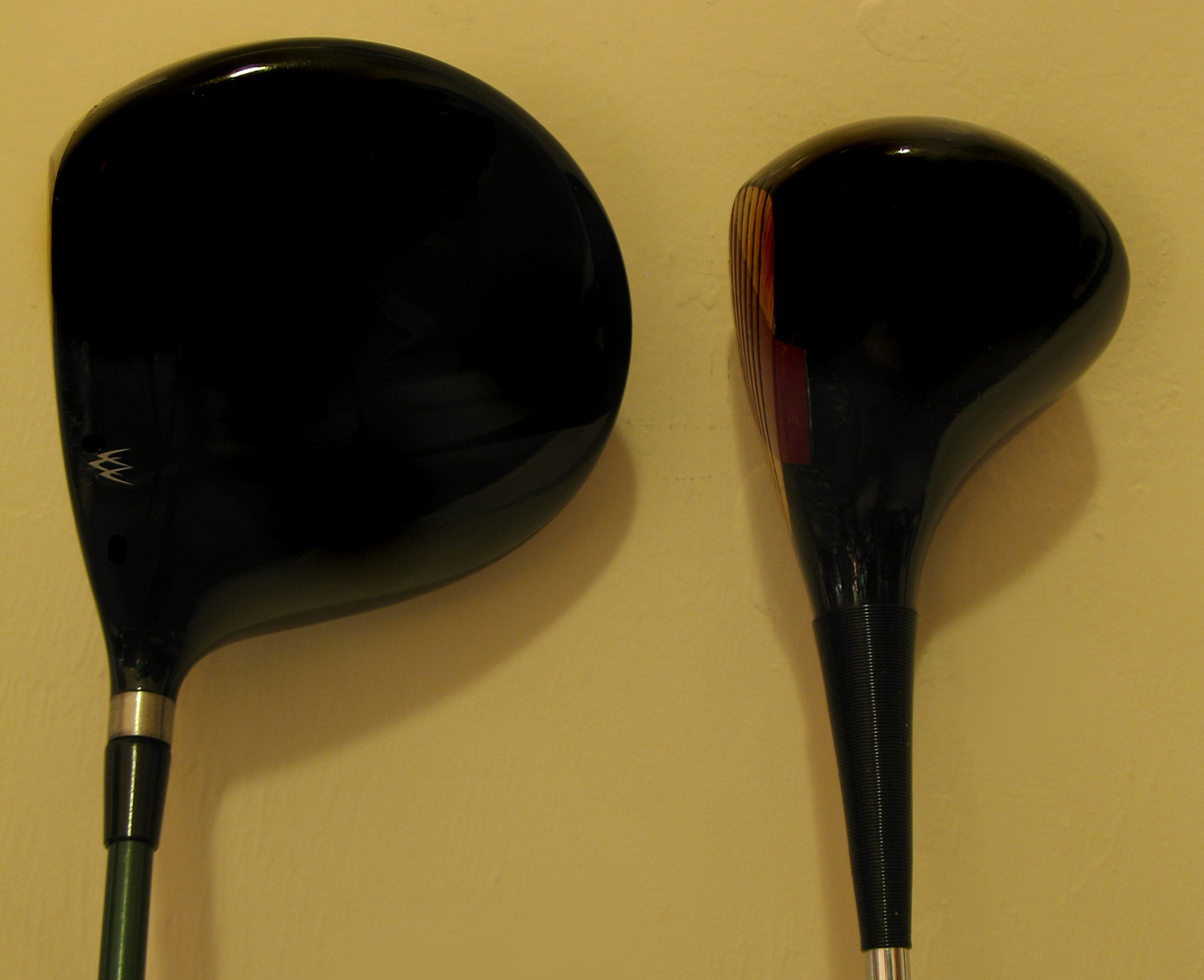|
Blunt Instrument
A blunt instrument is any solid object used as a weapon, which damages its target by applying direct mechanical force, and has no penetrating point or edge, or is wielded so that the point or edge is not the part of the weapon that inflicts the injury. Blunt instruments may be contrasted with edged weapons, which inflict injury by cutting or stabbing, or projectile weapons, where the projectiles, such as bullets or arrows, are accelerated to a damaging speed. Blunt instruments typically inflict blunt force trauma, causing bruising, fractures and internal bleeding. Depending on the parts of the body attacked, organs may be ruptured or otherwise damaged. Attacks with a blunt instrument may be fatal. Examples Some sorts of blunt instruments are very readily available, and often figure in crime cases. Examples of blunt instruments include: * Personal implements such as walking sticks * Tools such as hammers, crowbars, pipe wrenches, or heftier flashlights such as the Maglite o ... [...More Info...] [...Related Items...] OR: [Wikipedia] [Google] [Baidu] [Amazon] |
Framing Hammer
A framing hammer is a form of claw hammer used for heavy wood construction, particularly house framing and concrete formwork. It is a heavy duty with a straight claw and a wood, metal, or fiberglass handle. Head weights vary from 20 to 32 ounces (567 to 907 grams) for steel, and 12 to 16 ounces (340 to 454 grams) for titanium. Heavy heads, longer handles and milled faces allow for driving large nails quickly into dimensional lumber. Other features include a sharp checkerboard "milled" face for gripping nails, and, since the 1980s, an unusually large and short face for increasing driving area without increasing weight. Extremely straight claws, large, short face, and exceptionally long handles, including with a curved hatchet-styled grip, are traits of what is known as a "California framer". [...More Info...] [...Related Items...] OR: [Wikipedia] [Google] [Baidu] [Amazon] |
Cricket Bat
A cricket bat is a specialised piece of equipment used by batters in the sport of cricket to hit the ball, typically consisting of a cane handle attached to a flat-fronted willow-wood blade. It may also be used by a batter who is making batter's ground to avoid a run out, by holding the bat and touching the ground with it. The length of the bat may be no more than 38 inches (96.5 cm) and the width no more than 4.25 inches (10.8 cm). Its use is first mentioned in 1624. Since 1979, a law change has dictated that cricket bats can only be made from wood. Construction The ''blade'' of a cricket bat is a wooden block that is generally flat on the striking face and with a ridge on the reverse (back) which concentrates wood in the middle where the ball is generally hit. The bat is traditionally made from willow wood, specifically from a variety of white willow called cricket bat willow (''Salix alba'' var. ''caerulea''), treated with raw (unboiled) linseed oil, which has a protectiv ... [...More Info...] [...Related Items...] OR: [Wikipedia] [Google] [Baidu] [Amazon] |
Branch
A branch, also called a ramus in botany, is a stem that grows off from another stem, or when structures like veins in leaves are divided into smaller veins. History and etymology In Old English, there are numerous words for branch, including , , , and . There are also numerous descriptive words, such as (that is, something that has bled, or 'bloomed', out), (literally 'little bough'), (literally 'on growth'), and (literally 'offspringing'). Numerous other words for twigs and boughs abound, including , which still survives as the ''-toe'' in ''mistletoe''. Latin words for branch are or . The latter term is an affix found in other modern words such as '' cladodont'' (prehistoric sharks with branched teeth), ''cladode'' (flattened leaf-like branches), or ''cladogram'' (a branched diagram showing relations among organisms). Woody branches Large branches are known as boughs and small branches are known as twigs. The term ''twig'' usually refers to a terminus, while ''bou ... [...More Info...] [...Related Items...] OR: [Wikipedia] [Google] [Baidu] [Amazon] |
Tree
In botany, a tree is a perennial plant with an elongated stem, or trunk, usually supporting branches and leaves. In some usages, the definition of a tree may be narrower, e.g., including only woody plants with secondary growth, only plants that are usable as lumber, or only plants above a specified height. But wider definitions include taller palms, tree ferns, bananas, and bamboos. Trees are not a monophyletic taxonomic group but consist of a wide variety of plant species that have independently evolved a trunk and branches as a way to tower above other plants to compete for sunlight. The majority of tree species are angiosperms or hardwoods; of the rest, many are gymnosperms or softwoods. Trees tend to be long-lived, some trees reaching several thousand years old. Trees evolved around 400 million years ago, and it is estimated that there are around three trillion mature trees in the world currently. A tree typically has many secondary branches supported cle ... [...More Info...] [...Related Items...] OR: [Wikipedia] [Google] [Baidu] [Amazon] |
Millwall Brick
A ''Millwall brick'' or ''bat'' is an improvised weapon made of a manipulated newspaper, used as a small club. It was named after supporters of Millwall F.C., who have a reputation for football hooliganism. The Millwall brick was allegedly used as a stealth weapon at football matches in England during the 1960s and 1970s. The weapon's popularity appears to have been due to the wide availability of newspapers, the difficulty in restricting newspapers being brought into football grounds, and the ease of its construction. History In the late 1960s – in response to football hooliganism at matches in England – police began confiscating any objects that could be used as weapons. These items included steel combs, pens, beermats, horse brasses, Polo mints, shoelaces and boots. However, fans were still permitted to bring in newspapers. Larger broadsheet newspapers work best for a Millwall brick, and the police looked with suspicion at working class football fans who carried such ... [...More Info...] [...Related Items...] OR: [Wikipedia] [Google] [Baidu] [Amazon] |
Brick
A brick is a type of construction material used to build walls, pavements and other elements in masonry construction. Properly, the term ''brick'' denotes a unit primarily composed of clay. But is now also used informally to denote building units made of other materials or other chemically cured construction blocks. Bricks can be joined using Mortar (masonry), mortar, adhesives or by interlocking. Bricks are usually produced at brickworks in numerous classes, types, materials, and sizes which vary with region, and are produced in bulk quantities. Concrete masonry unit, ''Block'' is a similar term referring to a rectangular building unit composed of clay or concrete, but is usually larger than a brick. Lightweight bricks (also called lightweight blocks) are made from expanded clay aggregate. Fired bricks are one of the longest-lasting and strongest building materials, sometimes referred to as artificial stone, and have been used since . Air-dried bricks, also known as mudbricks ... [...More Info...] [...Related Items...] OR: [Wikipedia] [Google] [Baidu] [Amazon] |
Rock (geology)
In geology, rock (or stone) is any naturally occurring solid mass or aggregate of minerals or mineraloid matter. It is categorized by the minerals included, its Chemical compound, chemical composition, and the way in which it is formed. Rocks form the Earth's outer solid layer, the Earth's crust, crust, and most of its interior, except for the liquid Earth's outer core, outer core and pockets of magma in the asthenosphere. The study of rocks involves multiple subdisciplines of geology, including petrology and mineralogy. It may be limited to rocks found on Earth, or it may include planetary geology that studies the rocks of other celestial objects. Rocks are usually grouped into three main groups: igneous rocks, sedimentary rocks and metamorphic rocks. Igneous rocks are formed when magma cools in the Earth's crust, or lava cools on the ground surface or the seabed. Sedimentary rocks are formed by diagenesis and lithification of sediments, which in turn are formed by the weathe ... [...More Info...] [...Related Items...] OR: [Wikipedia] [Google] [Baidu] [Amazon] |
Firearm As A Blunt Weapon
A firearm is any type of gun that uses an explosive charge and is designed to be readily carried and operated by an individual. The term is legally defined further in different countries (see legal definitions). The first firearms originated in 10th-century China, when bamboo tubes containing gunpowder and pellet projectiles were mounted on spears to make the portable fire lance, operable by a single person, which was later used effectively as a shock weapon in the siege of De'an in 1132. In the 13th century, fire lance barrels were replaced with metal tubes and transformed into the metal-barreled hand cannon. The technology gradually spread throughout Eurasia during the 14th century. Older firearms typically used black powder as a propellant, but modern firearms use smokeless powder or other explosive propellants. Most modern firearms (with the notable exception of smoothbore shotguns) have rifled barrels to impart spin to the projectile for improved flight stability. Modern ... [...More Info...] [...Related Items...] OR: [Wikipedia] [Google] [Baidu] [Amazon] |
Spear
A spear is a polearm consisting of a shaft, usually of wood, with a pointed head. The head may be simply the sharpened end of the shaft itself, as is the case with Fire hardening, fire hardened spears, or it may be made of a more durable material fastened to the shaft, such as bone, flint, obsidian, copper, bronze, iron, or steel. The most common design for hunting and/or warfare, since modern times has incorporated a metal spearhead shaped like a triangle, lozenge (shape), diamond, or Glossary of leaf morphology, leaf. The heads of fishing spears usually feature multiple sharp Tine (structural), points, with or without barbs. Spears can be divided into two broad categories: those designed for thrusting as a melee weapon (including weapons such as lances and Pike (weapon), pikes) and those designed for throwing as a ranged weapon (usually referred to as javelins). The spear has been used throughout human history as a weapon for hunting and/or fishing and for warfare. Along with ... [...More Info...] [...Related Items...] OR: [Wikipedia] [Google] [Baidu] [Amazon] |
Bâton Français
Canne de combat is a French combat sport. As weapon, it uses a ''canne'' or cane (a kind of walking-stick) designed for fighting. ''Canne de combat'' was standardized in the 1970s for sporting competition by Maurice Sarry. The ''canne'' is very light, made of chestnut wood and slightly tapered. A padded suit and a fencing mask are worn for protection. History The ''canne de combat'' or ''canne d'arme'' originated in France in the early 19th century as a self-defence discipline and was particularly used by the upper classes in large, unsafe cities such as Paris. Some classify it as a French martial art although its codification as a sport does not allow this name officially. The history of the discipline is closely linked to the development of the ''savate'' boxing techniques, which in earlier forms largely used kicks and later, under the influence of the British, incorporated punches. Gentlemen trained into the ''savate'' techniques mastered cane as a way of fighting from a dis ... [...More Info...] [...Related Items...] OR: [Wikipedia] [Google] [Baidu] [Amazon] |
Baton (law Enforcement)
A baton (also truncheon, nightstick, billy club, billystick, cosh, ''lathi'', or simply stick) is a roughly cylindrical Club (weapon), club made of wood, rubber, plastic, or metal. It is carried as a Use of force, compliance tool and self-defense, defensive weapon by Law enforcement officer, law-enforcement officers, Prison officer, correctional staff, Security guard, security guards and military personnel. The name baton comes from the French ''bâton'' (stick), derived from Old French ''Baston'', from Latin ''bastum''. As a weapon a baton may be used defensively (to Blocking (martial arts), block) or offensively (to Strike (attack), strike, jab, or bludgeon), and it can aid in the application of armlocks. The usual striking or bludgeoning action is not produced by a simple and direct hit, as with an ordinary blunt object, but rather by bringing the arm down sharply while allowing the truncheon to pivot nearly freely forward and downward, so moving its tip much faster than it ... [...More Info...] [...Related Items...] OR: [Wikipedia] [Google] [Baidu] [Amazon] |
Golf Club
A golf club is a club used to hit a golf ball in a game of golf. Each club is composed of a shaft with a grip and a club head. Woods are mainly used for long-distance fairway or tee shots; irons, the most versatile class, are used for a variety of shots; hybrids that combine design elements of woods and irons are becoming increasingly popular; putters are used mainly on the green to roll the ball into the hole. A set of clubs is limited by the rules of golf to a maximum of 14 golf clubs, and while there are traditional combinations sold at retail as matched sets, players are free to use any combination of legal clubs. The most significant difference between clubs of the same type is ''loft'', or the angle between the club's face and the vertical plane. It is loft that is the primary determinant of the ascending trajectory of the golf ball, with the tangential angle of the club head's swing arc at impact being a secondary and relatively minor consideration (though these small ch ... [...More Info...] [...Related Items...] OR: [Wikipedia] [Google] [Baidu] [Amazon] |

